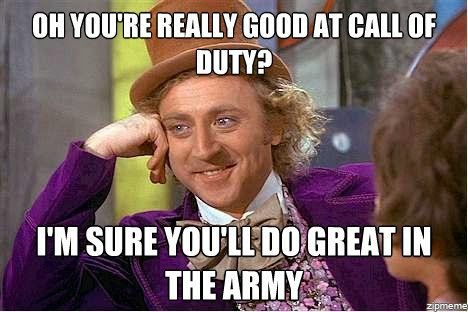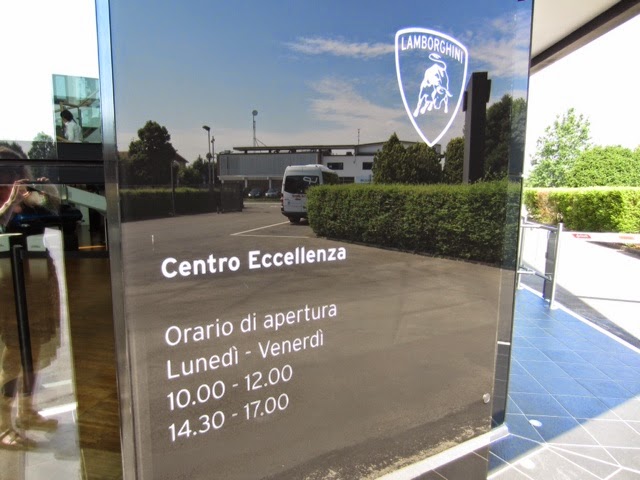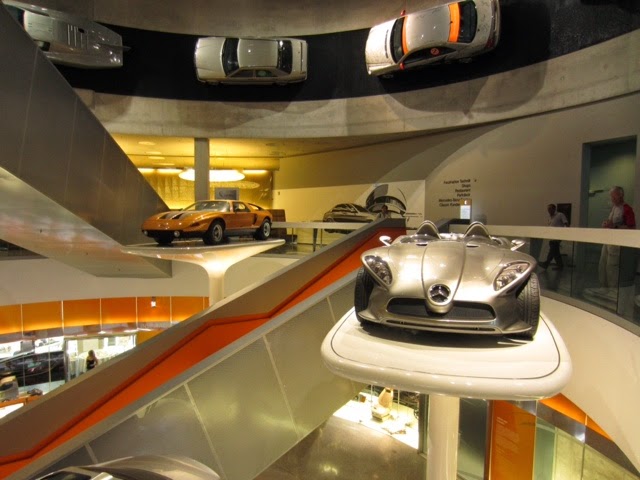We've all heard this before. Some businesses, some people get it. Well, they get the concept that there are some things that are better left to others... but which are those things?
How do you make that "do vs. don't do" decision?
Do you know what your core competencies are? And how to translate them into your day to day doings, or even into your overall business?

There are somethings that we do that we may not be the best at, but we do it because it's necessary or perceived as necessary. It often turns out that those are things we are not good at and things we hate doing. We have either convinced ourselves that our customers must have this or that, or that department X has to have that or this.
 The whole point of defining core competencies to to ensure we don't waste time and effort doing things we aren't good at, hate doing, or both. I suspect however that we often do not ask others for their opinions on this. How objective can we be about our own strengths and weaknesses? Strengths, maybe. Weaknesses, it's much more difficult. I recall a job interview with one candidate who answered the classic "what are your weaknesses?" question with "my lack of weaknesses is my weakness". I kid you not.
The whole point of defining core competencies to to ensure we don't waste time and effort doing things we aren't good at, hate doing, or both. I suspect however that we often do not ask others for their opinions on this. How objective can we be about our own strengths and weaknesses? Strengths, maybe. Weaknesses, it's much more difficult. I recall a job interview with one candidate who answered the classic "what are your weaknesses?" question with "my lack of weaknesses is my weakness". I kid you not. Now, don't get me wrong, I'm all for trying new things, doing things you aren't the best at, I like a challenge at the best of times. But I think it unwise to stake your reputation on being competent at something when you aren't.
Customers can always tell the difference.
Maybe we should ask them more often.
AMac





























































